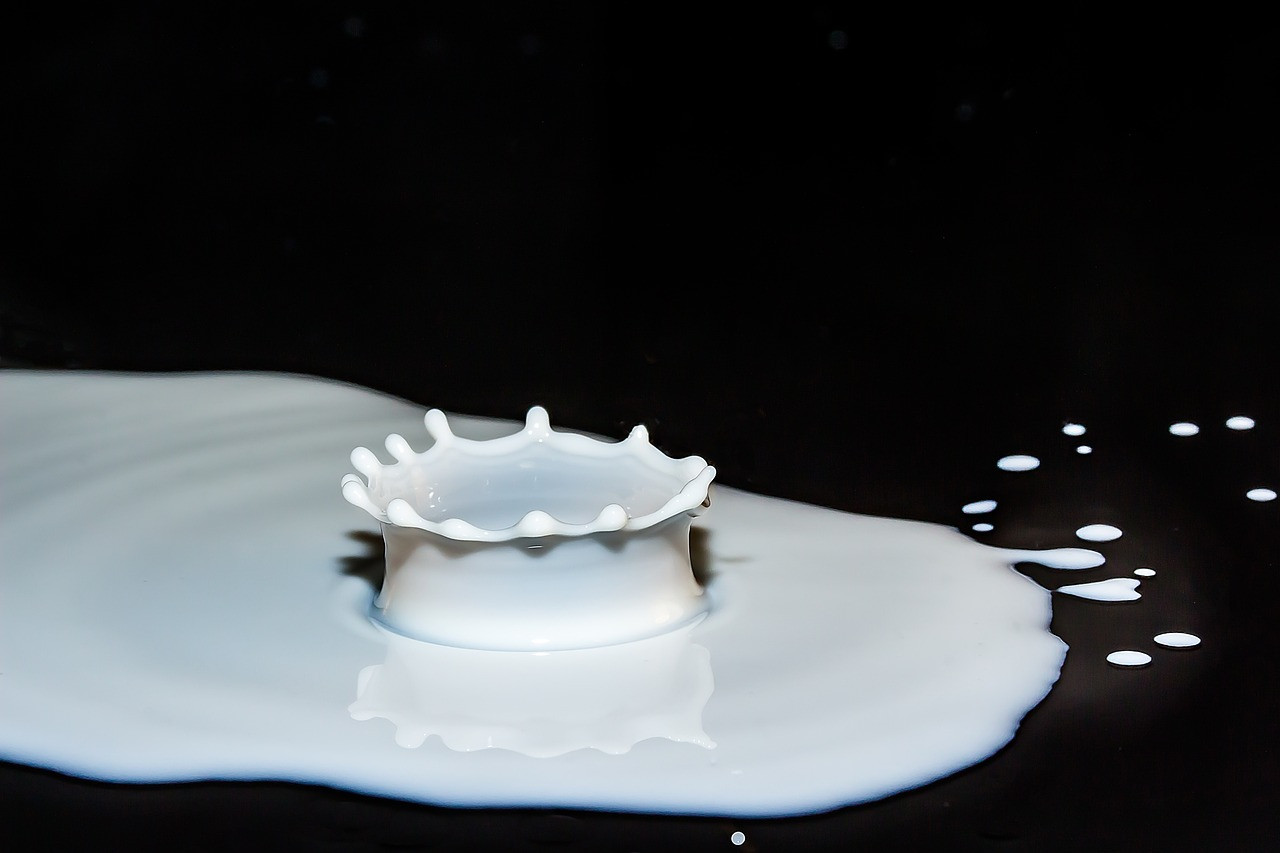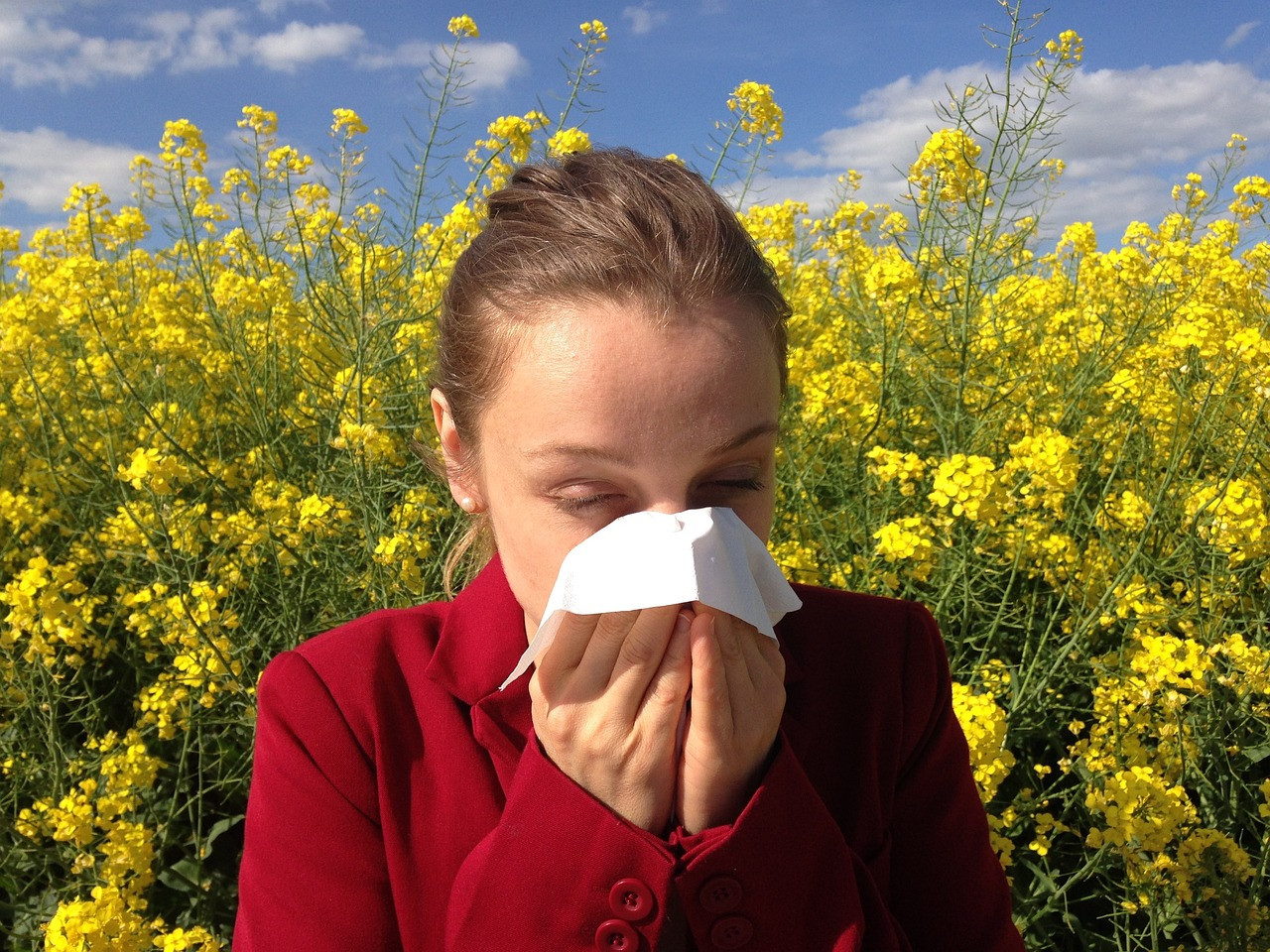If you're aiming to eliminate synthetic fragrances from your routine, transitioning to naturally scented or fragrance-free personal care products is a great start. Consider using unscented deodorants or those infused with natural essential oils, and opt for body lotions made with pure ingredients like shea butter or aloe vera. For hair care, choose shampoos and conditioners with 100% pure essential oils, steering clear of products containing synthetic "fragrance" or "parfum."
In maintaining a fresh home environment, switch to natural and unscented laundry detergents or those with essential oil-based scents. Wool dryer balls can replace traditional dryer sheets and can be customized with a hint of your favorite essential oil. Household cleaners can be substituted with natural alternatives made from ingredients like vinegar and baking soda, complemented with essential oils for a pleasant aroma.
Personal fragrances can be redefined by using genuine essential oils such as lavender or sandalwood, offering a unique and natural scent. Essential oil blends provide an aromatic experience without the overpowering effects of synthetic perfumes. Opting for these natural alternatives reduces exposure to harmful chemicals and fosters a healthier, more inclusive environment for everyone, especially those with sensitivities.
Read more...As a parent, few things can tug at your heartstrings like seeing your little bundle of joy struggle with congestion and stuffiness. Whether it's from a common cold, allergies, or other respiratory issues, dealing with a stuffy baby can be challenging. While over-the-counter medications may not be suitable for infants, there are gentle and natural remedies that can provide relief. In this blog post, we'll explore ways to support your baby and help them breathe easy again.
Understanding Baby Stuffiness:
Babies are more susceptible to congestion than adults due to their smaller nasal passages and developing immune systems. Common causes of stuffiness in babies include:
1. Colds and Viral Infections: Just like adults, babies can catch colds and other viral infections that cause nasal congestion.
2. Allergies: Allergens such as dust, pollen, and pet dander can trigger allergic reactions in babies, leading to congestion.
3. Dry Air: Dry indoor air, especially during colder months when heating systems are running, can dry out your baby's nasal passages, causing discomfort and congestion.
4. Teething: Believe it or not, teething can also cause nasal congestion in babies due to increased saliva production.
Supportive Measures for Baby's Stuffiness:
Now that we understand some of the common causes of baby stuffiness, let's explore ways to provide support and relief for your little one:
1. Humidifier or Diffuser:
Adding moisture to the air can help relieve nasal congestion and soothe your baby's irritated nasal passages. Use a cool-mist humidifier or diffuser in your baby's room, especially at night when congestion may worsen. Make sure to clean the humidifier regularly to prevent the growth of mold and bacteria.
2. Saline Nasal Spray:
Saline nasal spray can help loosen mucus and clear your baby's nasal passages. Hold your baby on their back or upright and gently tilt their head back. Spray the saline solution into each nostril and then keep upright for a few minutes to encourage drainage. Use a nasal aspirator to gently suction out any loosened mucus if necessary.
3. Elevate Your Baby's Head:
Elevating your baby's head while they sleep can help ease congestion. You can do this by placing a folded towel or blanket under the head of the crib mattress or by using a specially designed baby wedge pillow. Ensure that your baby's head is elevated safely to avoid any risks of suffocation.
4. Steam Bath:
Create a steamy environment in your bathroom by running a hot shower with the door closed. Sit in the steamy bathroom with your baby for about 10-15 minutes, allowing the steam to help loosen mucus and clear their nasal passages. Be sure to hold your baby securely and avoid direct contact with hot water.
5. Gentle Nose Suction:
For stubborn mucus that saline drops alone can't clear, you can use a nasal aspirator to gently suction it out. Gently insert the tip into your baby's nostril to suction out the mucus. Repeat as needed, being careful not to insert it too far into your baby's nose. There are several kinds, these and these are my favorites.
6. Warm Baths:
A warm bath can help relax your baby and provide temporary relief from congestion. The steam from the warm water can also help clear their nasal passages. Let your baby splash and play in the water, but always supervise them closely to ensure their safety.
7. Stay Hydrated:
Whether your baby is breastfeeding, formula feeding, or starting on solids, ensuring they stay hydrated is essential for thinning mucus and relieving congestion. Offer plenty of breast milk, formula, or water (if your baby is old enough) throughout the day.
8. Essential Oils:
Use a cool-mist diffuser to diffuse a blend of lavender, lemon, eucalyptus radiata, and/or tea tree essential oils in your baby's room (1-2 drops each). Lavender promotes relaxation, lemon provides a fresh scent, eucalyptus radiata aids the nasal passages in breathing easy, and tea tree adds a little extra. Ensure the diffuser is safely out of your baby's reach and use a minimal amount of diluted essential oils, starting with one at a time to monitor baby's response.
9. Eucalyptus Radiata Chest Rub:
Dilute eucalyptus radiata essential oil with a carrier oil like coconut oil and gently massage it onto your baby's chest. The gentle aroma can help clear nasal congestion and promote easier breathing. Remember to perform a patch test on a small area of your baby's skin before widespread use.
10. Steam Inhalation with Lemon:
Add a drop of lemon essential oil to a bowl of hot (not boiling) water and allow your baby to inhale the steam. The refreshing scent of lemon can help clear nasal passages and provide relief. Always supervise your baby closely during steam inhalation.
11. Acupressure under the toes:
Massaging the toes is very helpful, especially when using the essential oils mentioned above. The nasal passage acupressure points are found on the bottom of the toes.
Precautions:
While essential oils can be beneficial, it's essential to use them safely, especially with young children. These two are often used with older children and adults with no issues, but infants are more sensitive. Here are some precautions to keep in mind:
-Peppermint Oil: Avoid using peppermint essential oil on or near the face of infants and young children under 2 years old, as it can potentially cause breathing difficulties.
- Eucalyptus Globulus Oil: Similarly, eucalyptus globulus essential oil should be avoided in children under 2 years old due to its high cineole content, which can be toxic if ingested or applied improperly.
VapoRub contains Eucalyptus and is not recommended for children under 2 years old.
Dealing with a stuffy baby can be stressful, but with these supportive measures, you can help alleviate their discomfort and help them breathe easy again. Remember to always monitor your baby's symptoms and consult with a pediatrician if you have any concerns, especially if the congestion persists or is accompanied by other symptoms such as fever or difficulty breathing. Wishing you and your baby a peaceful and congestion-free day!
Disclaimer: No part of this is to be taken as medical advice. Please consult your physician.
My blogs contain some affiliate links.
Any purchase made is a blessing to my family at no extra cost to you!
Thank you for supporting us!


For many years, dairy products have been celebrated as essential for maintaining strong bones and overall health. However, recent research challenges this idea and suggests that dairy may not be as indispensable as once believed. Let's explore several reasons why dairy might not be necessary for optimal health, supported by relevant facts and scientific findings.
Lactose Intolerance:
About 68%* of the world's population experiences difficulty digesting lactose, the sugar found in milk and dairy products. This can lead to unpleasant symptoms like bloating, gas, diarrhea, cramping, and stomach pain. The prevalence of lactose intolerance underscores the idea that dairy may not be suitable for everyone's digestive systems.
Calcium Absorption:
Contrary to popular belief, studies suggest that dairy might not be the top source of calcium for maintaining robust bones. In fact, not everyone can effectively absorb the calcium present in dairy products. Fortunately, alternative sources like leafy greens or fortified plant-based milks provide adequate calcium intake, ensuring proper bone health without relying solely on dairy. Also, calcium bioavailability is different across different sources. "For example, dairy foods have a bioavailablity of about 30% absorption so if a food label on milk lists 300 mg of calcium per cup, about 100 mg will be absorbed and used by the body. Plant foods like leafy greens contain less calcium overall but have a higher bioavailability than dairy. For example, bok choy contains about 160 mg of calcium per 1 cup cooked but has a higher bioavailability of 50%, so about 80 mg is absorbed. Therefore, eating 1 cup of cooked bok choy has almost as much bioavailable calcium as 1 cup of milk."**
Increased Risk of Chronic Diseases:
Mounting research indicates a potential connection between high dairy consumption and an elevated risk of chronic diseases. Excessive dairy intake has been associated with conditions such as obesity, type 2 diabetes, cardiovascular issues, and cancer. These findings raise concerns about the long-term impact of dairy on our overall health. Check out the China Study!
Potential Allergies and Sensitivities:
Dairy products contain proteins like casein and whey, which can trigger allergies or sensitivities in certain individuals. Symptoms can range from mild discomfort, such as digestive issues or skin reactions, to severe allergic reactions. Recognizing and addressing these allergies or sensitivities is vital, allowing individuals to avoid potential risks and explore suitable dairy alternatives for their dietary needs.
Saturated Fat and Cholesterol:
Full-fat dairy products often contain high levels of saturated fat and cholesterol. FYI - most cheese is full fat, meaning it comes from whole milk with the most saturated fat and cholesterol. Overconsumption of these components has been associated with an increased risk of heart disease and other cardiovascular problems. It's prudent to be mindful of saturated fat and cholesterol in our dairy choices to safeguard heart health.
When it comes to dairy, it's time to reconsider its role in our diet. Lactose intolerance, potential links to chronic diseases, allergies, the presence of saturated fat and cholesterol, and the easy access to alternative calcium sources, all demand our attention. Let's listen to our bodies, stay up-to-date with research, and make informed choices about what we eat. Prioritize your well-being and strive for a balanced approach that suits you. Remember, everyone's nutritional needs are unique, so embrace a diverse and varied diet to boost your health.
My blogs contain some affiliate links.
Any purchase made is a blessing to my family at no extra cost to you!
Thank you for supporting us!


For moms, having allergies yourself, or having a child with allergies can be a real challenge. When it comes to seasonal allergies caused by pollen, it's not just about sneezing and itchy eyes—it's about understanding what happens in the body and how to provide natural relief. Let's dive into the science behind pollen allergies and explore some holistic remedies for treating them.
Let's start with the basics: what happens in the body when you have a pollen allergy? Essentially, your immune system overreacts to the presence of pollen and acts like it's a harmful invader. This triggers the production of IgE antibodies, which attach to mast cells in the nose, eyes, and lungs. When pollen enters the body again, it binds to these antibodies and triggers the release of histamine and other chemicals. This leads to inflammation, which causes the familiar symptoms of allergies. Eyes: Itchy, watery, swollen, red. Nose: post-nasal drip, itchy, swollen, runny, sneezy. Ears, itchy, wet. Lungs, coughing, itching, tightening or asthma. Skin: rashes/hives, swelling, itching. Overall: irritability, fatigue, brain fog, and more.
If you or your child have pollen allergies, you've probably experienced some of these symptoms firsthand. But did you know that the severity of your reaction can depend on a few factors? For example, the type and amount of pollen you're exposed to can make a difference, as can your overall health, and levels of inflammation and stress. It's important to keep track of your symptoms and triggers so you can better manage your allergies.
So, what can you do to relieve pollen allergy symptoms naturally? As a holistic mom, your first instinct might be to turn to herbs and supplements. And while these can be helpful, there are some even simpler steps you can take. For example, washing your hair and clothes after spending time outdoors can help remove pollen from your body. You can also use a neti pot or squeeze bottle to rinse your nasal passages, which can reduce congestion and inflammation. Find more hacks here.
Of course, there are plenty of herbs and supplements that can support immune function and reduce inflammation. Some popular options for pollen allergies include quercetin, stinging nettle, and butterbur. These can be taken in supplement form or brewed into teas or tinctures. Find more natural remedies here.
Pollen allergies may be a common problem, but that doesn't mean they're something you have to live with. By understanding what happens in your body when you're exposed to pollen, you can better manage your symptoms and find natural relief. By combining herbs, supplements, or simple lifestyle changes, there are plenty of options for holistic moms looking to support their families' health. So, take a deep breath and know that there are solutions out there for you.
My blogs contain some affiliate links.
Any purchase made is a blessing to my family at no extra cost to you!
Thank you for supporting us!

You might have heard about the relationship between inflammation and allergies before, or maybe you’re reading about it now for the first time. Whatever the case, it’s essential to know how underlying inflammation in the body can make you more susceptible to allergic reactions. Inflammation is like a double-edged sword in some ways: it is necessary to fight off infections and heal wounds, but when it persists for too long, it can become problematic. Let's explore how inflammation and allergies are connected and how managing pre-existing inflammation can help you avoid complications.
First, let’s understand the basics of allergies. An allergy occurs when the immune system mistakes a harmless substance, such as pollen or pet dander, as a threat and overreacts to it. In response, the body releases histamines and other chemicals that cause various symptoms, such as sneezing, itching, and coughing. Inflammation is also a part of this immune response – it’s the body’s attempt to get rid of the allergen.
Now, let’s talk about inflammation. Pre-existing inflammation occurs when the body is already dealing with inflammation in other areas due to conditions such as arthritis, asthma, or autoimmune diseases. When the body is in this state, it’s easier for allergens to trigger a more significant inflammatory response. Inflammation is a complex physiological response involving several signaling molecules and immune cells that interact with each other. Therefore, if an individual has pre-existing inflammation in the body, their immune system is already in a heightened state of alertness.
That’s why people with pre-existing inflammation are more prone to developing allergies and related diseases such as asthma, chronic sinusitis, and eczema. If you’re a holistic mom, you might already know that the best way to prevent allergies is to avoid allergens as much as possible. (But when allergens are unavoidable, here are some simple hacks and natural remedies to help.) But, how do you manage pre-existing inflammation? There are just a few basic ways:
1. Eat an anti-inflammatory diet – Certain foods, such as processed foods, sugar, and trans fats, can trigger inflammation in the body. On the other hand, a diet rich in fruits, vegetables, whole grains, and healthy fats can help reduce inflammation.
2. Exercise regularly – Exercise has been shown to have anti-inflammatory effects on the body. Aim to get at least 30 minutes of moderate exercise per day.
3. Get enough sleep – Lack of sleep can increase inflammation in the body. Adults should aim to get 7-9 hours of sleep per night.
4. Use natural remedies – Certain herbs, such as ginger and turmeric, have anti-inflammatory properties. These can be very effective.
Pre-existing inflammation can impact your body's response to allergens, making you more prone to developing allergic reactions and related diseases. It is essential to manage your pre-existing inflammation through diet, natural remedies, and enough rest and exercise to reduce the severity of allergies. As a holistic mom, it’s essential to take a whole-body approach to your family's health and wellness, and managing pre-existing inflammation is a crucial component of that.
My blogs contain some affiliate links.
Any purchase made is a blessing to my family at no extra cost to you!
Thank you for supporting us!



